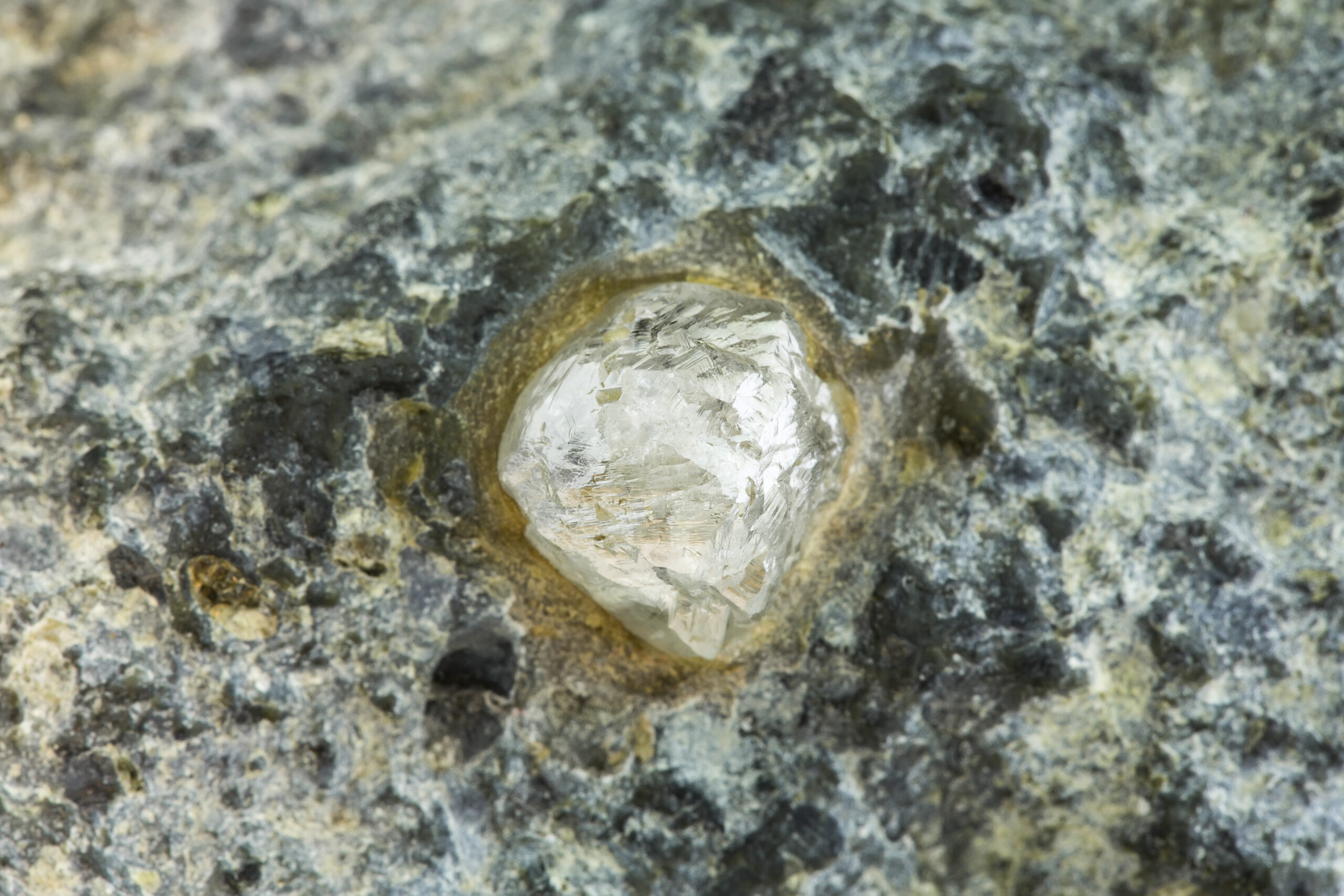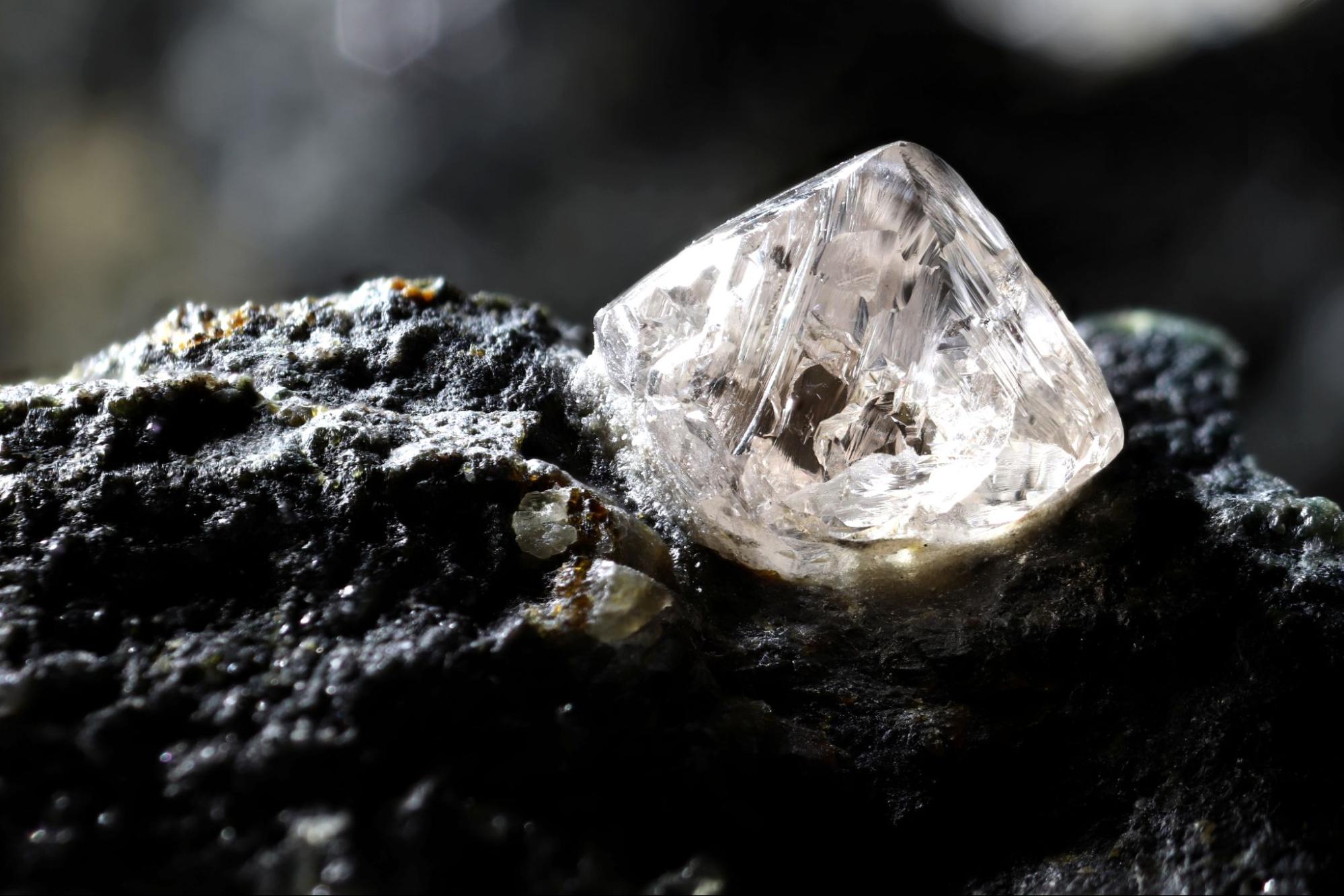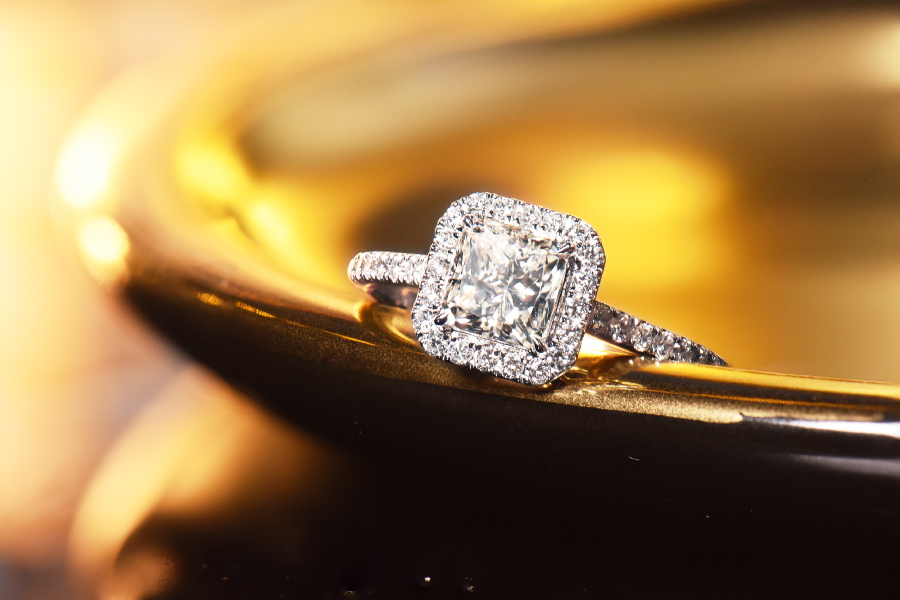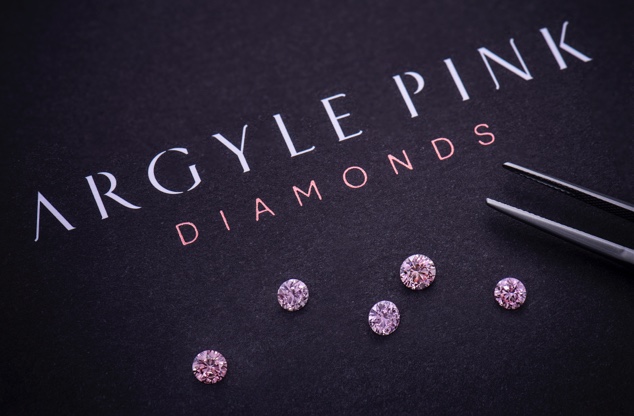What Does A Rough Diamond Look Like
Diamonds in jewellery stores are typically cut and polished to give them specific shapes and facets. Raw diamonds, on the other hand, are unpolished and uncut and have not been altered after being discovered or tampered with. A raw diamond resembles a transparent stone with a yellowish or brownish tint. Colourless diamonds, however, are typically rare.
A Rough Diamond
There are three distinct categories of raw diamonds: Gem quality, Crushing-Boart quality, and Industrial quality. About 20% of the world's raw diamond production is used for jewellery, and approximately 20% of these are gem-quality, while the rest are for industrial purposes.
Gem Quality Diamonds - What Are They?
Diamonds used in the store are of gem quality and come in various shapes, sizes, and cuts. On the other hand, industry-quality diamonds can be used for other primary purposes. Diamonds are inserted into cutting blades to enhance their cutting capacity, one of these being cut. Drilling can also be done with natural diamonds. Minerals, oil, and gas are sometimes found during drilling.
What Do Rough Diamonds Look Like?
A raw uncut diamond is a stone that has not been cut or polished by a professional and has no specific shape or size. Their quality is relatively high after mining, but they must be cut and polished to be used in jewellery.
Raw uncut diamonds tend to have a brown or yellowish tint to a high degree. Solid tints reduce the stone value, while lighter tints increase it. Consequently, diamonds with less obvious tints are worth more than diamonds with stronger tints. That’s why among the rarest and most valuable diamonds are colourless ones. A white diamond commands an extremely high price on the market.
If you didn’t see what a rough diamond looks like, here are some of its pictures
How To Buy A Rough Diamond
Isn't it great if you were able to buy a rough diamond weighing roughly $50 per carat, F colour, VS1 clarity? By shopping around, you can indeed find a good deal. You may be disappointed if you plan to cut and polish the rough diamond afterwards. There is no guarantee of quality when it comes to rough diamonds. You may end up with very little quality diamond after buying what you think is a quality diamond. It soon becomes clear that it's not worth the risk when you factor in a cutting fee of $120-$150 per carat.
The good news is that there is still hope. Likely, most rough diamonds found in stores and on the internet will never be cut into diamonds. Rings and other jewellery are made from them in their raw form.
Any rough diamond you purchase must be Kimberley certified, regardless of the intended use. The diamond trade intends to eradicate these so-called blood diamonds mined by children and adults in appalling working conditions.
Engagement Rings With Rough Diamond
 A magnificent large rough white diamond in kimberlite
A magnificent large rough white diamond in kimberlite
Rough diamonds change the way we think about setting raw diamond engagement rings. Every raw diamond ring setting fits an individual diamond due to the non-uniform shape of the stones.
Some may be shaped slightly to be usable, but they are never faceted or polished. Colours that occur in natural crystals are one of the aims.
Rough diamonds look good in prong settings. Seeing the entire crystal is beneficial when you don't have to worry about clarity or cut.
A cut diamond is an expensive gem. A rough diamond is affordable, despite being identical except for its appearance. Engagement rings with rough diamonds are becoming increasingly popular as a result.
The Best Way to Identify Raw Diamonds
Count the sides of the crystal by looking down at the top. Similar stones like quartz are hexagonal, while diamonds are cubic. You can also count the number of sides on the crystal's point. since typically, diamonds have four sides. Quartz crystals, however, are likely to have six sides if they have six sides.
A piece of corundum should be scraped against the crystal. In comparison to diamonds, corundum is a slightly less complex crystal. A mineral testing kit with corundum can be purchased for a low price, or you can purchase a cheap piece of corundum. Scrape the suspected diamond against the corundum while holding it firmly against a table. Diamonds create visible scratches if they are touched. The mineral is different if it does not create a scratch.
Diamond testers are another more convenient alternative to scratch tests. When you are sure that the suspected diamond is a diamond, press the tip of the tester against it. Minerals that make noise and light up are diamonds. If they do not make noise and light up you are likely dealing with a different gemstone.
Conclusion
It is common for rough diamonds to have many flaws, also known as inclusions. A clarity grade is determined by the number of flaws/inclusions on a rough diamond, and that grade ultimately affects its value. An uncut, polished diamond with a much lower clarity grade may be worth more than a flawless rough diamond. Uncut or rough diamonds are also valued based on their colour. An uncut diamond that is colourless or near-colourless is rare, and these diamonds are more expensive the more colourless they are.
Here is the location of our store if you are planning to buy quality jewellery diamonds. Visit us now!
FAQs
What is the best way to tell if a diamond is natural with a flashlight?
The real diamond can be distinguished from a fake by the ability to separate light into spectral colours with a flashlight.
Are natural diamonds rainbow-coloured?
Diamonds shine beautifully in the sunlight. Make sure your stone reflects the colours of the sun by placing it in direct sunlight. In addition to reflecting rainbow colours, a diamond will also reflect white light. Diamonds aren't real if they only have one of these two characteristics.
Is diamond scratchable?
Like other gemstones, diamonds are susceptible to scratches despite their incredible toughness. According to the Mohs' scale (scale of mineral hardness), hardness is defined as the resistance to scratching.







